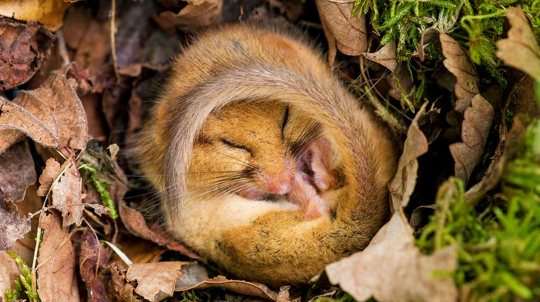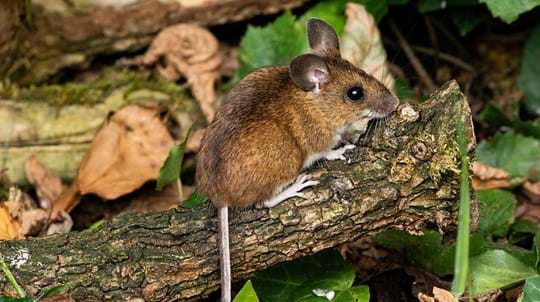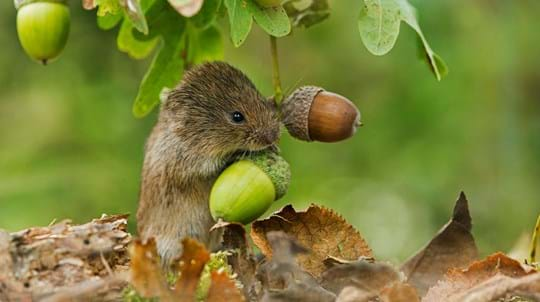
Credit: M J Bloomfield / Alamy Stock Photo
How do yellow-necked mice breed?
Like most rodents, yellow-necked mice reproduce at a very high rate. A single female may give birth to multiple litters of 2–11 young in the space of 12 months. This compensates for the fact that most will live no longer than a year, with many falling prey to predators.











